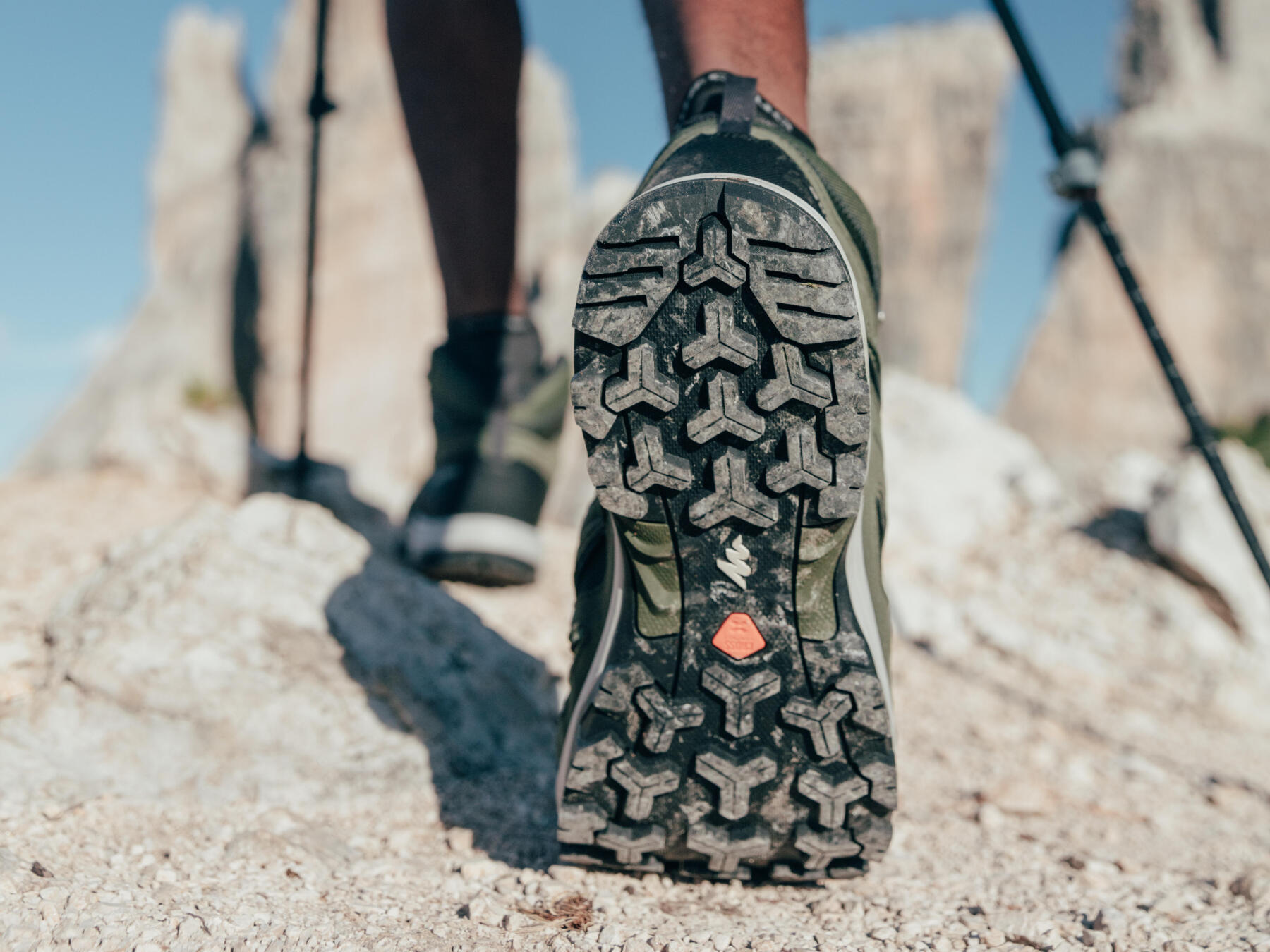Discover or revisit the 8 hiking rules:
1/ remain on the path
There is lots of temptation to move away from the path but remember that by staying on the path, you avoid stamping on the different plant species, and contributing to the premature erosion of the land.
If you happen to go over private property, remember to close the fences and barriers which you opened behind you to avoid herds escaping.




